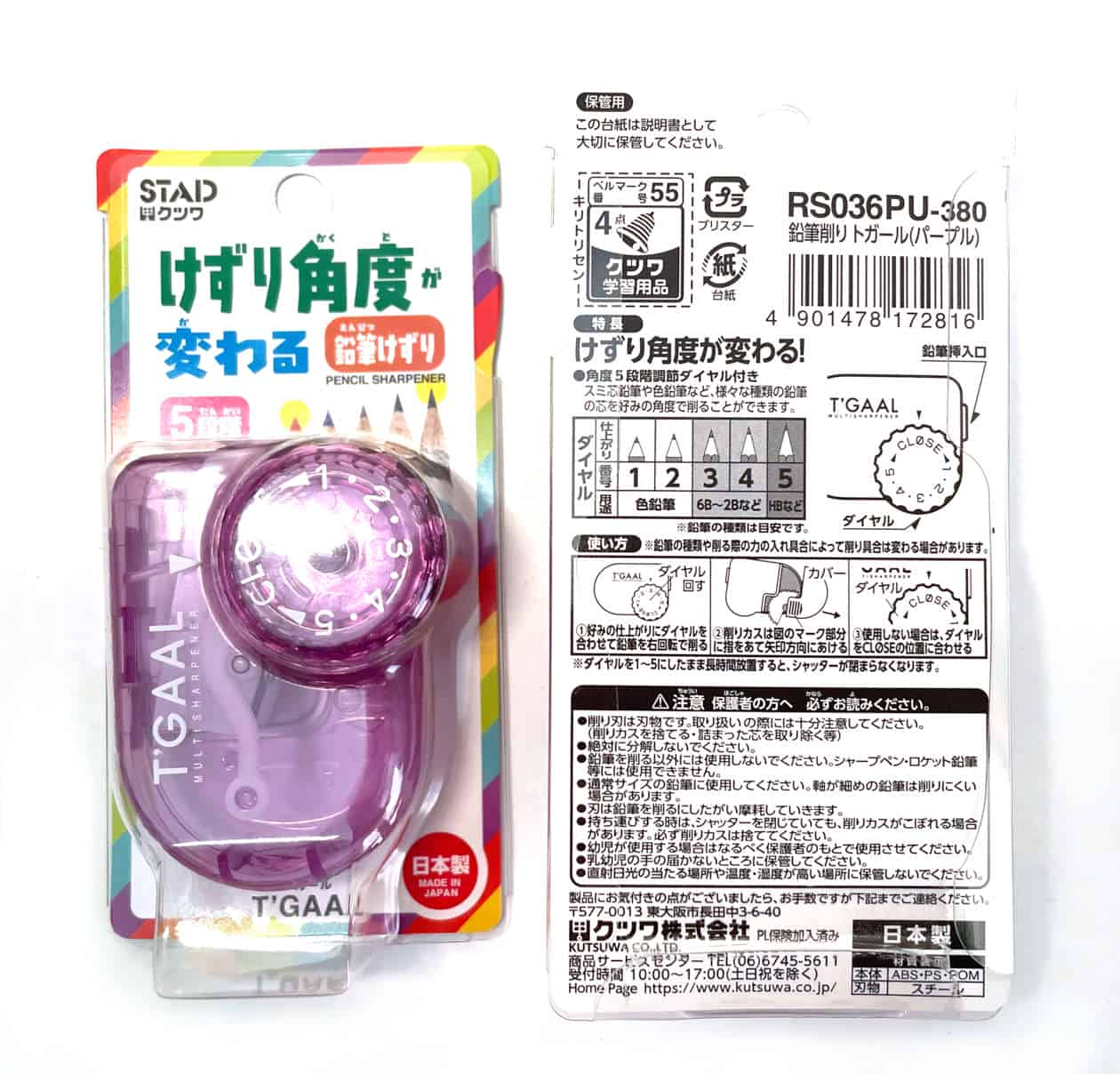When it comes to hand-held pencil sharpeners, sharp new blades are best. Beyond that, it comes down to the brand. In coloured-pencil world, German brand called KUM is recommended time and again.
But there’s another pencil sharpener — this time Japanese — which also comes highly recommended by pencil enthusiasts. This Japanese model is made by a company called Kutsuwa, and the specific sharpener is called STAD T’GAAL.
I cannot for the life of me find what these letters stand for (if anything).
AN ANGLE ADJUSTABLE PENCIL SHARPENER
The T’GAAL sharpener is special because there are five settings to choose from depending on how you like your tips shaped.
From the packaging alone you may be able to tell that the Japanese Kutsuwa brand sells stationery lines aimed at school children. Kutsuwa have been around since 1910 and started in Osaka. Think Smiggle in Australia. For example, Kutsuwa also sells a hand-crank pencil sharpener in the shape of a penguin, stencils, highlighter pencils, left-handed safety scissors, pencil-cases which stand up vertically on their own and other similar gear, all highly desirable to kids.
If this sharpener were made anywhere but Japan the marketing audience might indicate a lower quality product unsuitable for adult pencil artists, but school-aged Japanese consumers are used to a very high standard of stationery.
The thing is, I don’t actually think their K’GAAL sharpener is very good for kids. It’s better for adults. That doesn’t mean it’s the best sharpener for adults, though. More on that below.
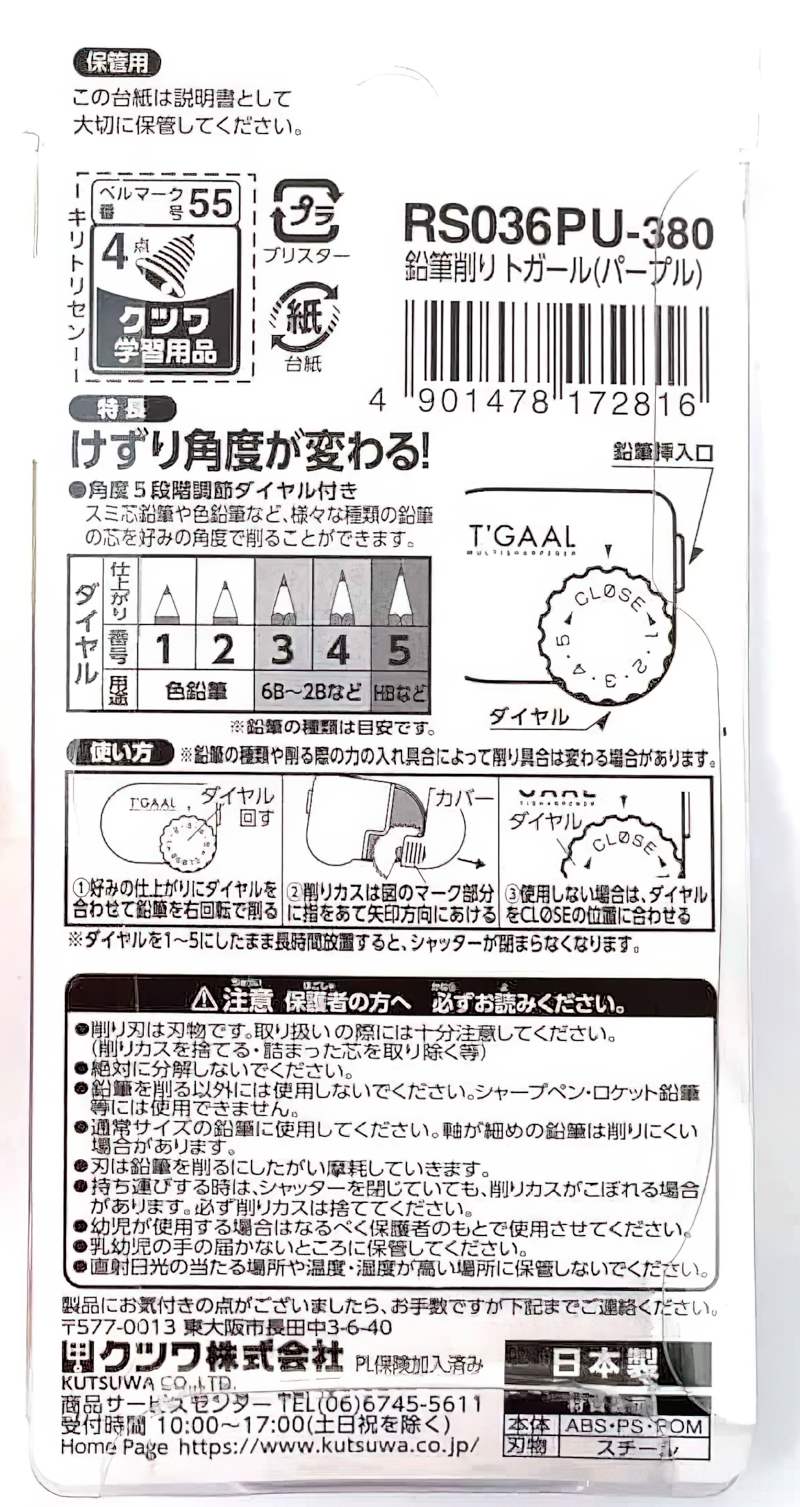
WHAT’S THE REASON FOR AN ADJUSTABLE DIAL ON A PENCIL SHARPENER?
The aim is to:
- Make pencils last longer
- Get them to a really sharp point
- Allow artists to choose a shape depending on the colouring job
Note that there is one hole on this sharpener. The dial doesn’t adjust for five different sizes of pencil, but adjusts for how deep you want your tip to be sharpened (from long to short and stubby).
Coloured pencils have a softer core than graphite pencils, and need to be sharpened to a slightly shorter and thicker point so that the core doesn’t break when colouring.
The Japanese instructions on the packaging suggest numbers 1 and 2 for coloured pencils, numbers 3 and 4 for the Black range of graphite pencils (6B-2B etc.) and setting number 5 for the Hard range of graphite pencils (HB and similar).
Basically, the softer the core, the lower the setting.
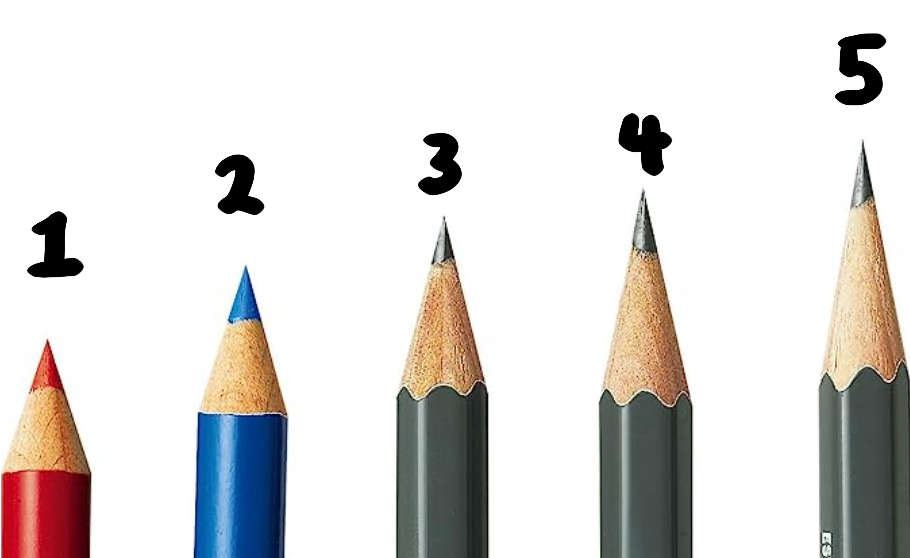
While this numbering guide is the manufacturer’s guide, in reality a coloured pencil artist will be utilising different shapes depending on whether we want a hard line or a broad surface for broad, sideways shading.
The German KUM brand also sells a pencil sharpener especially for artists who like a very long point. (It has a much better name: the KUM Long Point Pencil Sharpener.) That model comes with two holes because sharpening a (hard) pencil to a long point is a two step process, but you can also buy a Kum Single Hole Long Point Sharpener, which won’t get you to quite so fine a point.
Anyway, this method of sharpening is very old.
IS THE T’GAAL PENCIL SHARPENER A GOOD PRODUCT?
My initial impressions of the T’GAAL weren’t great!
The first pencils I tried sharpening with the T’GAAL Pencil Sharpener were the cheapest unbonded coloured pencils my kid left lying around. (Unbonded means the core isn’t bonded to the wooden casing.)
They broke. (Don’t try sharpening cheap coloured pencils at the high setting.)
Repeat after me: Low for soft, high for hard.
Part of the reason they broke: I could only get this sharpener to work on the lower setting if I held standard-sized pencils at a slight angle, which meant pushing down on the barrel of the pencil so that the blade of the sharpener would engage with the wood. If I didn’t do that, I would literally turn the pencil around deep inside the hole and the pencil wouldn’t touch the blade at all. (The technical term for ‘hole’ is ‘shaping cone’, so I’ll use that from now on.)
Although I soon mastered it, this technique would be very difficult for a child. That’s why I don’t feel this pencil sharpener is good for kids. Note that the standard advice for looking after pencils when sharpening with manual, hand-held sharpeners is to turn the sharpener, not the pencil. That technique definitely didn’t work for me with this particular sharpener. I had to rotate the pencil and keep the sharpener still.
It’s possible I’m just an un-co numpty. But once I did master the art of holding the pencil at the exact right angle and pressure, I got it to sharpen really well. This sharpener sharpens pencils to a very sharp point, perfect for drawing thin, dark lines. If you sharpen all your pencils with this sharpener, they’ll soon look uniform and sharp, as they did when they first arrived in the box.
The Kutsuwa T’GAAL Pencil Sharpener sharpener is not good for sharpening cheap, unbonded pencils. Then again, you might not want to practise using this product on your really expensive pencils, either! Try it on a few cheap pencils first. (Mind you, if you’re the sort of person to read an article like this, you probably don’t use the cheapest, unbonded pencils which, let’s face it, don’t sharpen well no matter which sharpener you use.)
Okay, so why do I need to push my standard-sized pencils at an angle? I have never experienced this in a sharpener before.

Part of the answer lies in how the T’GAAL sharpener works. I’m no mechanical engineer, but when used at a lower setting, a bit of plastic pops out inside the sharpener to prevent the blade from touching the upper part of the tapered wood of the pencil.
IS THE SHAPING CONE BIGGER THAN OTHER SHARPENERS?
Also, the K’GAAL shaping hole is 10.4 mm in diameter.
I tried numerous different common brands of pencil in this sharpener and I came to wonder if the K’GAAL might be be built for a specific (Japanese?) brand, thicker than the pencils I happen to have lying around?
Owing to some kind of bizarre curiosity, I looked up the diameter of various branded pencil sharpeners commonly used in the West:
- Staedtler: The standard shaping cones are 8.2 mm to match their standard sized pencils. Staedtler sharpeners specially designed for extra-thick jumbo pencils are 10.2 mm.
- Faber-Castell: This popular brand sells its own pencil sharpener with three different sizes of hole. It’s called the Grip 2001, and may look more fancy than it is, with a sleek metallic casing. Marketing copy tells consumers this sharpener fits “graphite, colour and jumbo pencils”, but doesn’t tell us the exact diameter of those holes anywhere.
- Crayola: This very popular children’s stationery corporation doesn’t make their own brand of pencil sharpener, but I’ve found that when you buy a Crayola product with a sharpener included in the pack, that sharpener is generally pretty good even though it’ll be made of plastic. On their website Crayola recommends the Brass Bullet and Dahle Chubby brands of pencil sharpeners. The Brass Bullet is a German-made professional looking bit of gear whereas the Chubby sharpeners look very much like Crayola made them itself (for kids). The Brass Bullet is made to fit “5/16-inch diameter pencils”, which is approximately equal to 7.9 mm.
- Prismacolor: The branded Prismacolor sharpener comes with two shaping cones, one 7.6 mm, the other 9.5 mm (approximately). This sharpener actually fits many brands of pencil and in my experience doesn’t actually do a better job of its own brand pencils than other, cheaper sharpeners.
So yes, the shaping cone of the Kutsuwa T’GAAL sharpener is on the large size, at least at the top, but no company gives consumers the diameter all the way down. (Who looks this stuff up? Freaks.) Anyway, the larger diameter of the shaping cone may explain part of my engagement problem.
But! A wider cone may be exactly what you’re after. Many pencil enthusiasts recommend using the larger shaping cone on a multi-hole sharpener because the larger sizes are a little gentler on the point, so less likely to twist the core.
Note: Although the K’GAAL shaping cone is slightly larger than that on other ‘standard pencil sized’ models, it won’t accommodate your large pencils at all. The diameter is just slightly large for a standard sized pencil hole.
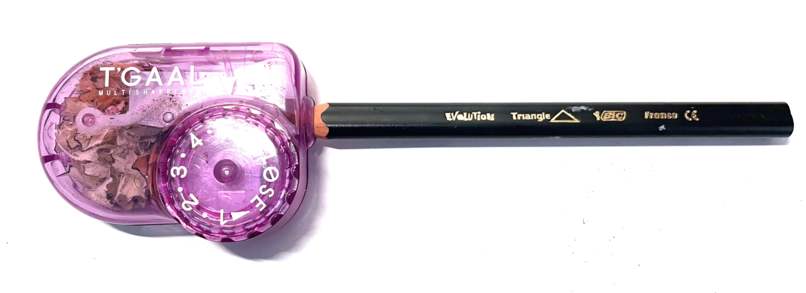
THE SHAVINGS CANISTER
The Kutsuwa T’GAAL sharpener does hold its own shavings, but not many. This sharpener is made for portability and for small hands. The canister requires frequent emptying. I reckon it holds the shavings of 10 lightly sharpened pencils at most.
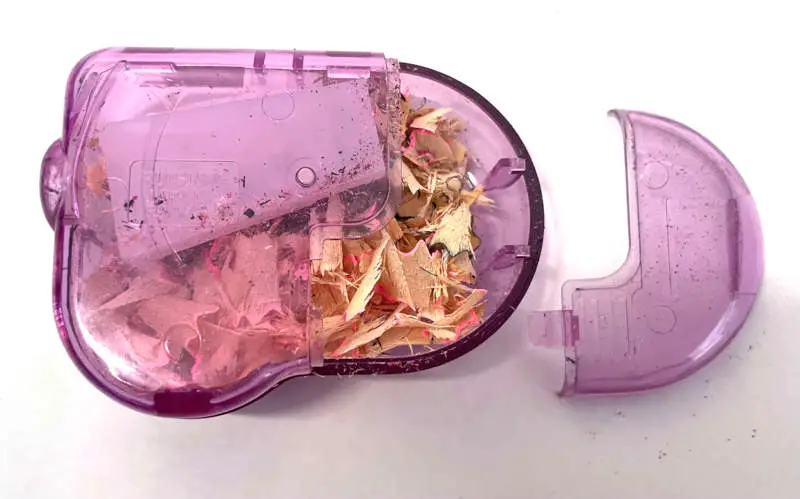
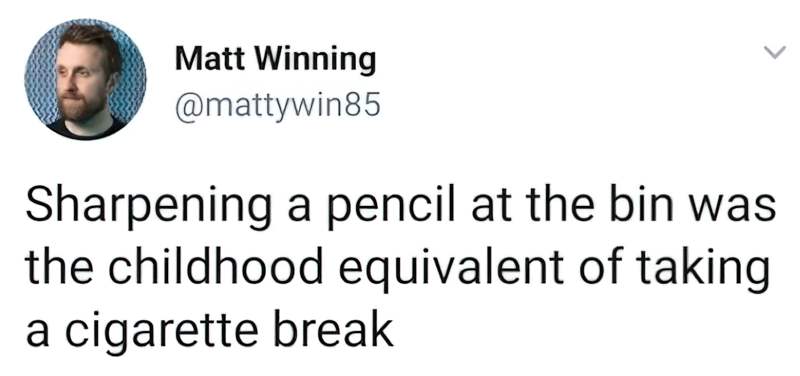
COLOUR SELECTION
The T’GAAL pencil sharpener comes in a number different colours, all semi-transparent so you can see how many shavings are inside: Purple, black (actually grey), blue, orange, pink and clear. I’ve also seen opaque models (e.g. opaque models) though I’m not sure you can still buy them in those colours.
THE BLADE
The blades of the T’GAAL can’t be replaced, so once it becomes dull, time to throw the entire thing away. If you like this sharpener and are paying for postage to import Japanese stationery into your country, might pay to buy several at once.
OVERALL IMPRESSION
Is the Kutsuwa T’GAAL Pencil Sharpener better than a new, high-quality, double-hole metal sharpener?
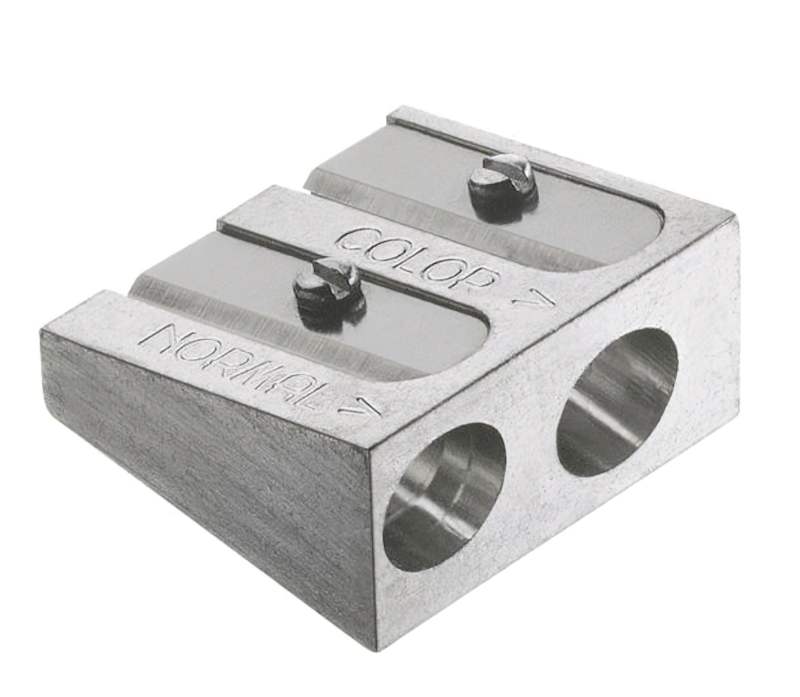
I don’t think so.
If your pencil core snaps off and you’re sharpening a broken tip from scratch, the K’GAAL sharpener takes a long time to sharpen. I’d keep one of these babies lying around for when you snap your lead.
However, for refining a point, especially if you’re fussy about what sort of point you want, the K’GAAL works well as a finishing off tool. The tips you get are great for fine lines.
I figure that’s what this sharpener is for.
